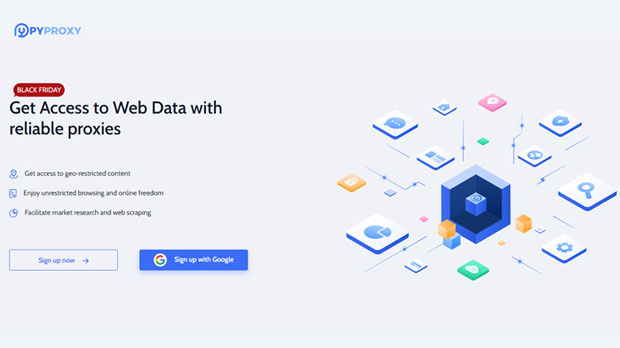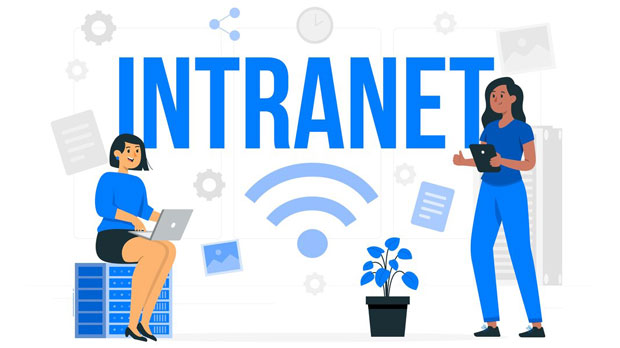In today's rapidly evolving digital landscape, proxy servers play a crucial role in maintaining the integrity and performance of networks under high loads. PYPROXY and FoxyProxy are two prominent tools used to manage proxy configurations, each with distinct features and functionalities. When faced with high-concurrency requests, the performance of these proxies becomes a critical factor for ensuring seamless network operations. This article aims to provide a detailed comparison of the throughput of PyProxy and FoxyProxy, examining how each tool handles large volumes of concurrent requests, analyzing their strengths and weaknesses, and offering insights into their real-world performance. This comparison will be highly valuable for network administrators and developers looking to optimize their proxy server configurations for scalability and performance under high-load conditions. Introduction to High-Concurrency Requests and Proxy ServersHigh-concurrency requests refer to scenarios where a large number of simultaneous connections or requests are made to a server. This is common in real-time applications, large-scale web scraping, data aggregation, and other scenarios that demand high performance and low latency. A proxy server functions as an intermediary between the client and the target server, handling requests and responses. In high-concurrency environments, proxies need to efficiently manage numerous simultaneous connections without compromising speed or accuracy. PyProxy OverviewPyProxy is a Python-based proxy server that is known for its flexibility and ease of integration with various applications. It is often used in web scraping, automated testing, and other tasks requiring a proxy server. PyProxy supports multiple proxy types, including HTTP, HTTPS, and SOCKS, and can be easily customized to fit different network configurations.One of the standout features of PyProxy is its ability to handle a large number of simultaneous connections due to its asynchronous design. This allows PyProxy to process multiple requests concurrently without blocking, ensuring that each request is processed in a timely manner. Additionally, PyProxy supports features such as request rotation, IP masking, and logging, making it highly adaptable to different use cases.FoxyProxy OverviewFoxyProxy, on the other hand, is a browser-based proxy management tool. It is designed primarily to facilitate the management of multiple proxy servers in browsers like Firefox and Chrome. While FoxyProxy is not a standalone proxy server, it plays a critical role in enabling users to switch between different proxy servers quickly and efficiently, allowing for enhanced anonymity and location-based access control.FoxyProxy's strength lies in its ability to simplify the process of configuring and managing proxies in a browser environment. It provides a user-friendly interface for switching between proxies, supports proxy chaining, and integrates easily with various browser extensions. However, unlike PyProxy, FoxyProxy does not natively handle high-concurrency requests or provide extensive backend features for proxy management.Performance Comparison Under High-Concurrency LoadWhen comparing the throughput of PyProxy and FoxyProxy under high-concurrency conditions, several key factors must be considered: the handling of simultaneous connections, the latency introduced by each tool, the efficiency of request processing, and the scalability of the proxy management.1. Handling Simultaneous ConnectionsPyProxy, with its asynchronous architecture, excels in managing high volumes of concurrent requests. By using non-blocking I/O operations, PyProxy is able to handle thousands of simultaneous requests without significant performance degradation. This makes it ideal for scenarios where a large number of requests must be processed in real-time, such as in web scraping or data collection.FoxyProxy, being a browser extension, is limited in its ability to handle high-concurrency requests. While it can manage multiple proxies efficiently, it is not designed to process large volumes of concurrent connections directly. The proxy switching feature in FoxyProxy can become cumbersome when dealing with high-load scenarios, as it depends on the browser's capabilities, which are not optimized for such tasks.2. Latency and ThroughputLatency is a critical factor in any high-concurrency system. PyProxy minimizes latency by using a single-threaded event loop that handles multiple requests concurrently. This allows PyProxy to maintain low response times, even when handling numerous simultaneous connections. In contrast, FoxyProxy, being dependent on the browser's event loop, introduces additional latency when switching between proxies or handling multiple requests simultaneously.In terms of throughput, PyProxy has a clear advantage. It is designed to process large amounts of data efficiently, ensuring that throughput remains high even under heavy load conditions. FoxyProxy, however, may experience bottlenecks as the number of concurrent requests increases, especially if the browser becomes overwhelmed with proxy switching tasks.3. ScalabilityScalability is another important consideration when evaluating proxy servers under high-concurrency conditions. PyProxy is highly scalable due to its lightweight, asynchronous design. It can handle an increasing number of requests by simply adding more resources or optimizing the code. This makes PyProxy suitable for large-scale operations where the demand for proxy services grows over time.FoxyProxy, however, is not inherently scalable for high-concurrency use cases. Since it is primarily designed for use in a browser, it is limited by the browser's resources and cannot efficiently scale to handle large numbers of concurrent requests. For smaller-scale use cases or where proxy management is needed on a per-browser basis, FoxyProxy may suffice, but for larger environments, it would not be the optimal choice.Real-World Use CasesThe choice between PyProxy and FoxyProxy largely depends on the use case. If the goal is to manage high volumes of concurrent requests and maintain high throughput, PyProxy is the clear winner. It is well-suited for backend systems, large-scale web scraping, or any application that requires efficient and high-performance proxy handling.On the other hand, FoxyProxy is better suited for smaller-scale use cases or scenarios where the main objective is to manage and switch between multiple proxies on a per-browser basis. It is ideal for tasks like browsing anonymously, bypassing geographical restrictions, or testing websites from different locations. However, its performance under high-concurrency loads may not be sufficient for larger-scale operations.In conclusion, both PyProxy and FoxyProxy serve important roles in proxy management, but they are designed for different purposes and excel in different areas. PyProxy, with its asynchronous architecture and high scalability, is the superior choice for handling high-concurrency requests and ensuring high throughput. FoxyProxy, while user-friendly and efficient for managing proxies in a browser environment, does not perform as well under high-concurrency loads and is better suited for smaller-scale use cases.For developers and network administrators who need to manage large volumes of concurrent requests efficiently, PyProxy offers superior performance and scalability. Conversely, for simpler tasks that require proxy switching within a browser, FoxyProxy provides a straightforward and effective solution. Ultimately, the choice between the two depends on the specific needs of the user and the scale of their operations.
Sep 12, 2025



































































